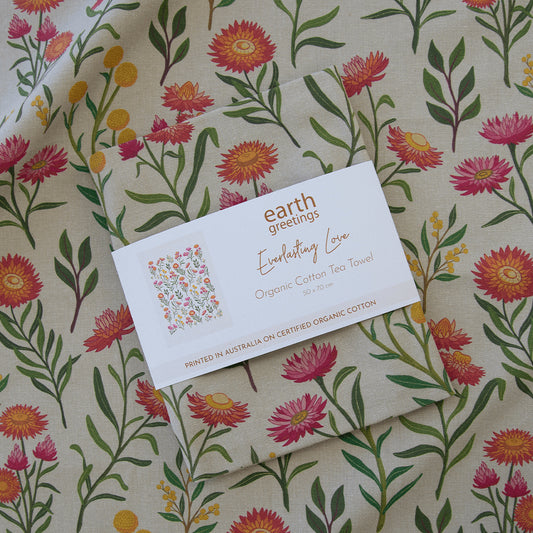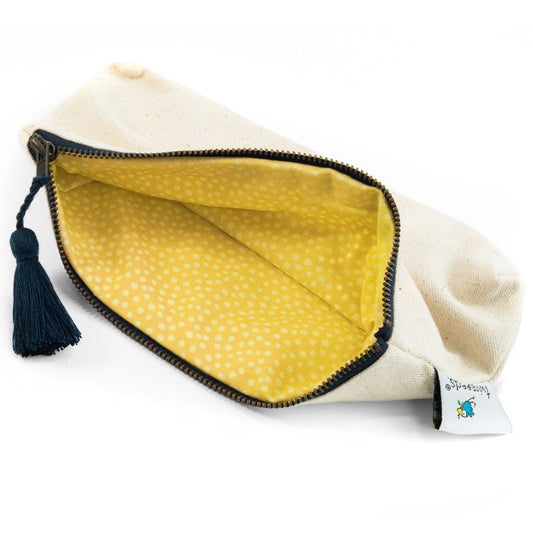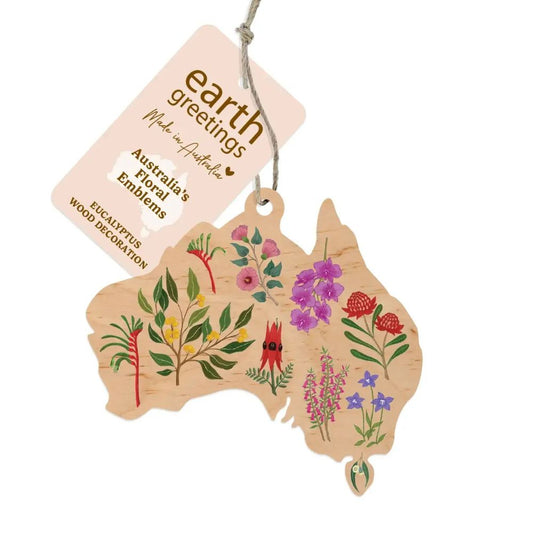 With the outbreak of the serious virus COVID-19, known as coronavirus, we are naturally concerned about whether natural hand sanitisers will be as effective as synthetic chemicals. Here, we explain how best to sanitise your hands, the toxic chemicals you can do without, and how to make your own hand sanitiser. Many natural hand sanitisers on the market using essential oils are effective against bacteria such as those that cause vomiting and diarrhoea, but can only make antiviral claims if the product has been approved by the Therapeutic Goods Administration. The World Health Organisation (WHO) and the Center for Disease Control and Prevention (CDC) recommend hand sanitisers with at least 60% alcohol to protect against germs (1). So, when buying a hand sanitiser, always look for the ingredients listed on the package including the percentage of alcohol. Some products contain the alcohol substitute benzalkonium chloride, which isn't as good at killing germs. The ingredients in a hand sanitiser will generally comprise:
With the outbreak of the serious virus COVID-19, known as coronavirus, we are naturally concerned about whether natural hand sanitisers will be as effective as synthetic chemicals. Here, we explain how best to sanitise your hands, the toxic chemicals you can do without, and how to make your own hand sanitiser. Many natural hand sanitisers on the market using essential oils are effective against bacteria such as those that cause vomiting and diarrhoea, but can only make antiviral claims if the product has been approved by the Therapeutic Goods Administration. The World Health Organisation (WHO) and the Center for Disease Control and Prevention (CDC) recommend hand sanitisers with at least 60% alcohol to protect against germs (1). So, when buying a hand sanitiser, always look for the ingredients listed on the package including the percentage of alcohol. Some products contain the alcohol substitute benzalkonium chloride, which isn't as good at killing germs. The ingredients in a hand sanitiser will generally comprise:
- Ethyl alcohol / Ethanol / Isopropyl alcohol (must be 60% or more)
- Water or Aloe Vera gel - simply there to dilute the alcohol and add some moisture to counter the drying effect of the alcohol
- Essential oils - for additional anti-bacterial power and fragrance
- Glycerine - to thicken the liquid and make it stick to your hands (usually where the palm oil is hiding)
How to best sanitise your hands?
Wash your hands with soap and water for 20 seconds
The best way to sanitise your hands is to wash them very well with soap and water. Hand sanitisers are not a substitute for this. They are an extra precaution if you feel it is needed. The reason washing with soap and water is most effective is because coronaviruses are encased in a lipid envelope, or said another way, a layer of fat. Soap can break that fat apart and make the virus unable to infect you. Soap also makes the skin slippery, helping to dislodge the germs as you rub and wash away. (2) But... you have to wash your hands properly and for long enough. You need to cover all areas including the back of your hands, the base of the palm, and fingernail area. And how often should you wash your hands? A lot! Before, during and after preparing food, before eating, after going to the toilet, blowing your nose, sneezing, coughing, touching garbage - and for people working in retail and customer service, after handling cash or credit cards, or touching surfaces that others have!Dry your hands
On a clean towel of course. We strongly recommend carrying your own small towel from home in your bag, giving you total peace of mind.Use a hand sanitiser with at least 60% alcohol and allow to dry on your hands
Use hand sanitiser when you feel required, and only if washing with soap and water is not possible. Apply to dry hands and make sure to use enough so you cover all the surfaces on your hands. Rub the hand sanitiser around your hands until they feel dry, which may take about 30 seconds. If hands are visibly dirty or greasy, the sanitiser will not be as effective.
Toxins to avoid!
Tricolosan - the synthetic ingredient now banned in hand sanitisers in the USA, but still allowed in toothpaste!? Benzalkonium chloride - often labelled as an “alcohol-free formula”, this non-alcohol synthetic product may not work as well for many types of germs Synthetic fragrance, PEGs and Phthalates - never needed in any product! Triethanolamine - also known as TEA, is a strongly alkaline substance used as surfactant and pH adjusting chemical. It can be harmful when absorbed into the body over a long period of time. Short periods of exposure can cause allergic reactions. Carbomer - a synthetic polymer made from acrylic acid. It is added for texture. For background, this is the ingredients listed on Dettol: Alcohol Denat., Water, PEG/PPG-17/6 Copolymer, Propylene Glycol, Acrylates/C10-30 Alkyl Acrylate Crosspolymer, Tetrahydroxypropyl Ethylenediamine, Aloe Barbadensis Gel, Fragrance, Limonene, CI19140, CI42090.How to make your own hand sanitiser
We are very conscious that at this time, many people can not access commercial hand sanitiser, or it is being sold at ridiculously inflated prices that they can not afford. Essentially this recipe is just showing you what is listed on the ingredients of most natural hand sanitisers - they are made the same way. CAUTION: Not intended as your only defence against infection! Number one is always hand washing properly, as above. An alcohol-based hand sanitiser is one part of your total infection control measures. This is not a hospital grade sanitiser. We are not guaranteeing that this recipe will protect you against any viruses. There are many factors that come into play including how much you use and how long you rub it around your hands for. The alcohol does all the work. So you must be very careful to use use at least 60% alcohol in the formulation - 70-80% would be even better so there is a margin for error. Please see the WHO guide referenced below (3).Which alcohol is best to use?
Acquiring an appropriate alcohol right now is the biggest challenge. The sale of pure 'drinkable' alcohol requires a permit, hence most alcohol sold for cleaning and sanitising purposes is 'denatured' - meaning that chemicals have been added to make it taste bitter and unpalatable. The denaturants used are often Denatonium benzoate and Methyl isobutyl ketone (MIBK). Methylated spirit is alcohol for general use made unfit for drinking by the addition of methanol. You can use:- Pure Ethanol made from sugar cane - often 95% alcohol, 5% water. Can only be purchased in small quantities from specialist retailers unless you have an alcohol permit.
- Ethanol (Denatured)*
- Ethyl alcohol - the alcohol found in alcoholic drinks such as beer, brandy, or whiskey. See note below on vodka.
- Isopropyl alcohol - made from propylene gas. Please note that "rubbing alcohol" is a solution of around 70% isopropyl alcohol, with the rest made up of water, denaturants and other chemicals.
Hand sanitiser spray recipe
We like to make a spray to avoid the need for any aloe gel or glycerine.- 70% alcohol (if using a 100% alcohol - if the substance is less than 100% alcohol you will need to adjust proportions accordingly by decreasing the water)
- 30% demineralised water (make your own by filtering or boiling water)
- Essential oils - your choice of germ busting oils such as tea tree*, lavender, eucalyptus, rosemary, peppermint, orange.
Can I use Vodka to make hand sanitiser?
Not unless you have access to a special 100% proof vodka. Most vodka and whiskey in the bottle shop is 40% alcohol, so you will never be able to get it to a 60% concentration!Sources
(1) https://www.cdc.gov/handwashing/show-me-the-science-hand-sanitizer.html
(2) https://www.webmd.com/lung/news/20200306/power-of-hand-washing-to-prevent-coronavirus
(3) https://www.who.int/gpsc/5may/Guide_to_Local_Production.pdf

































